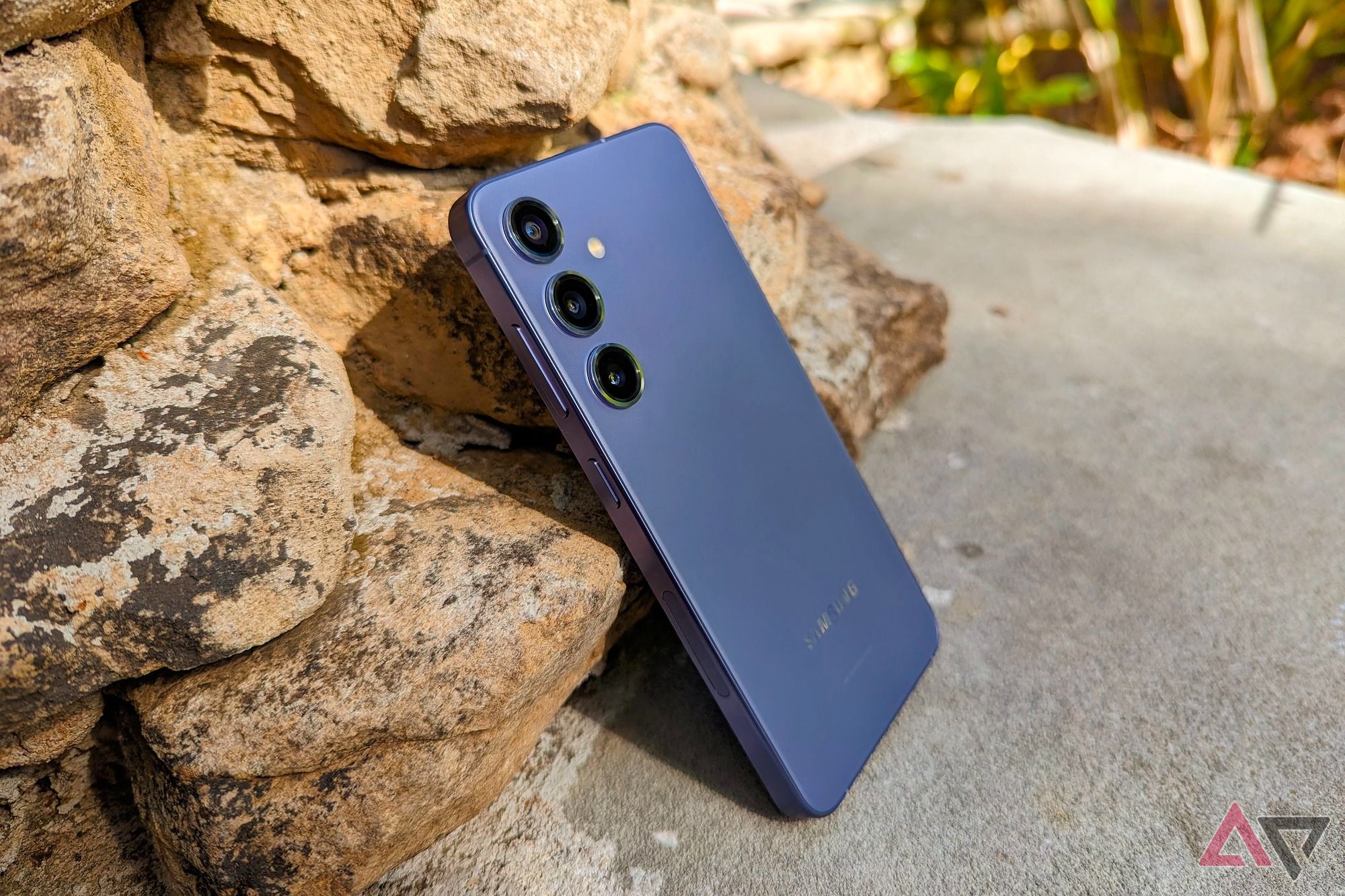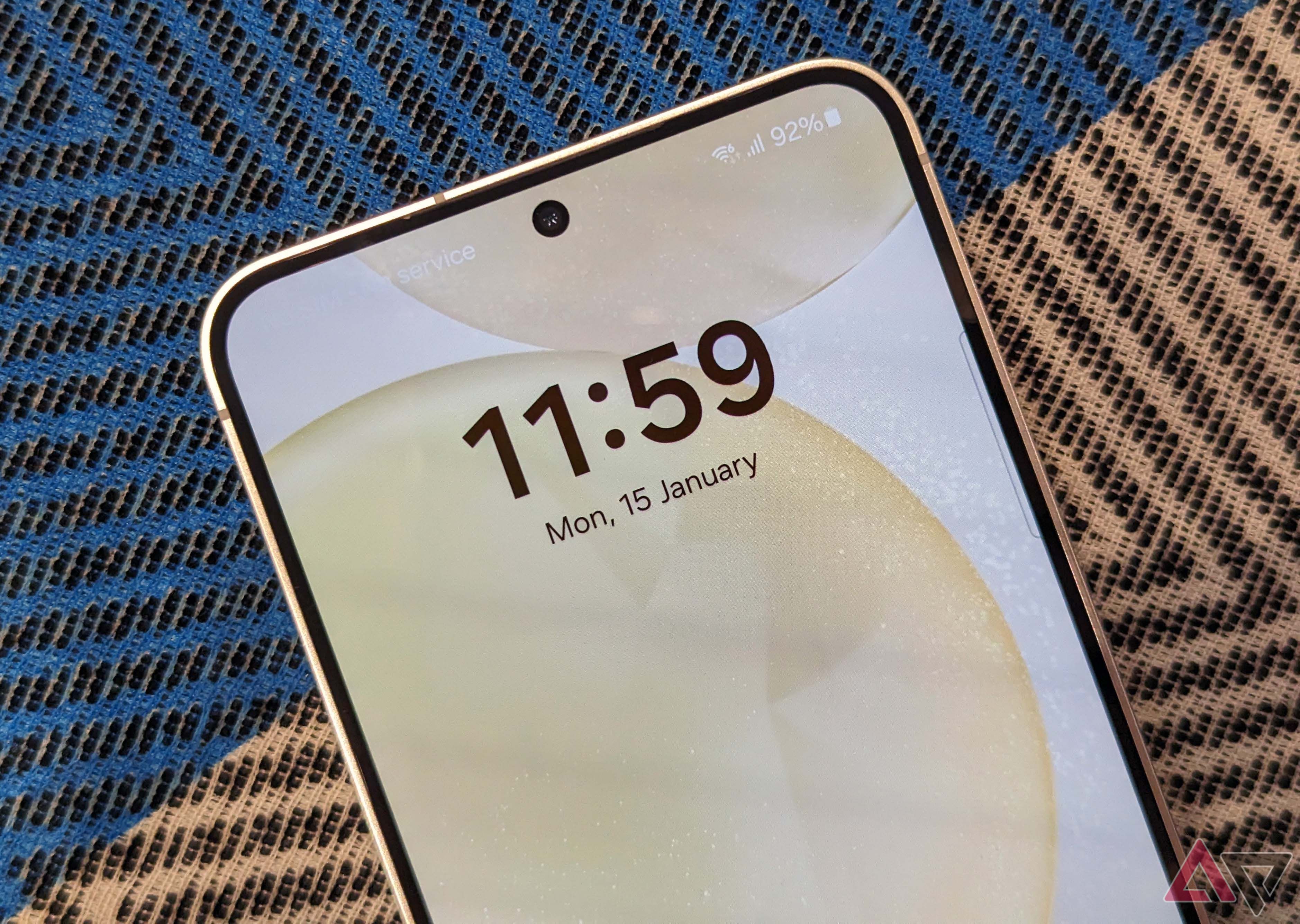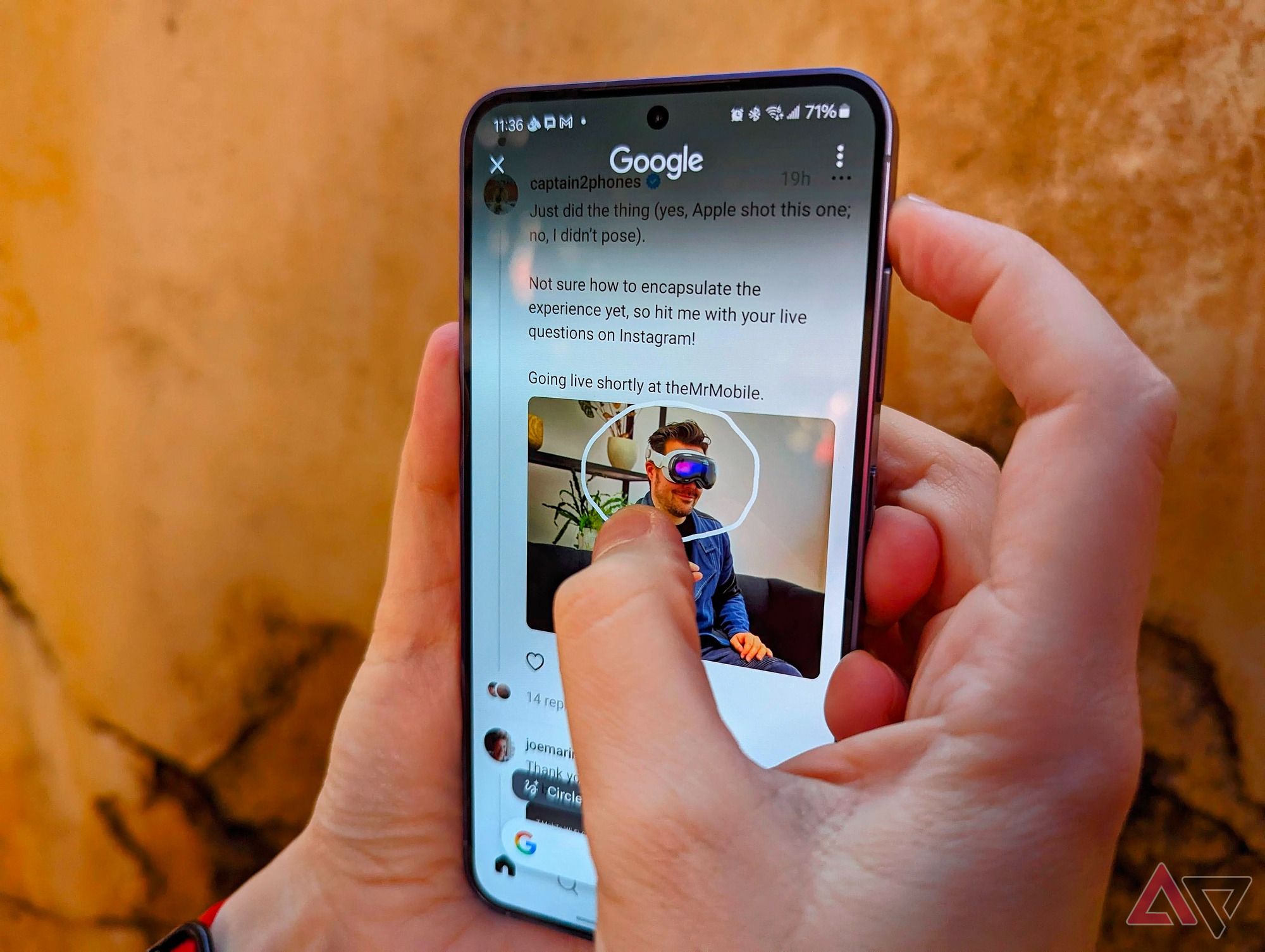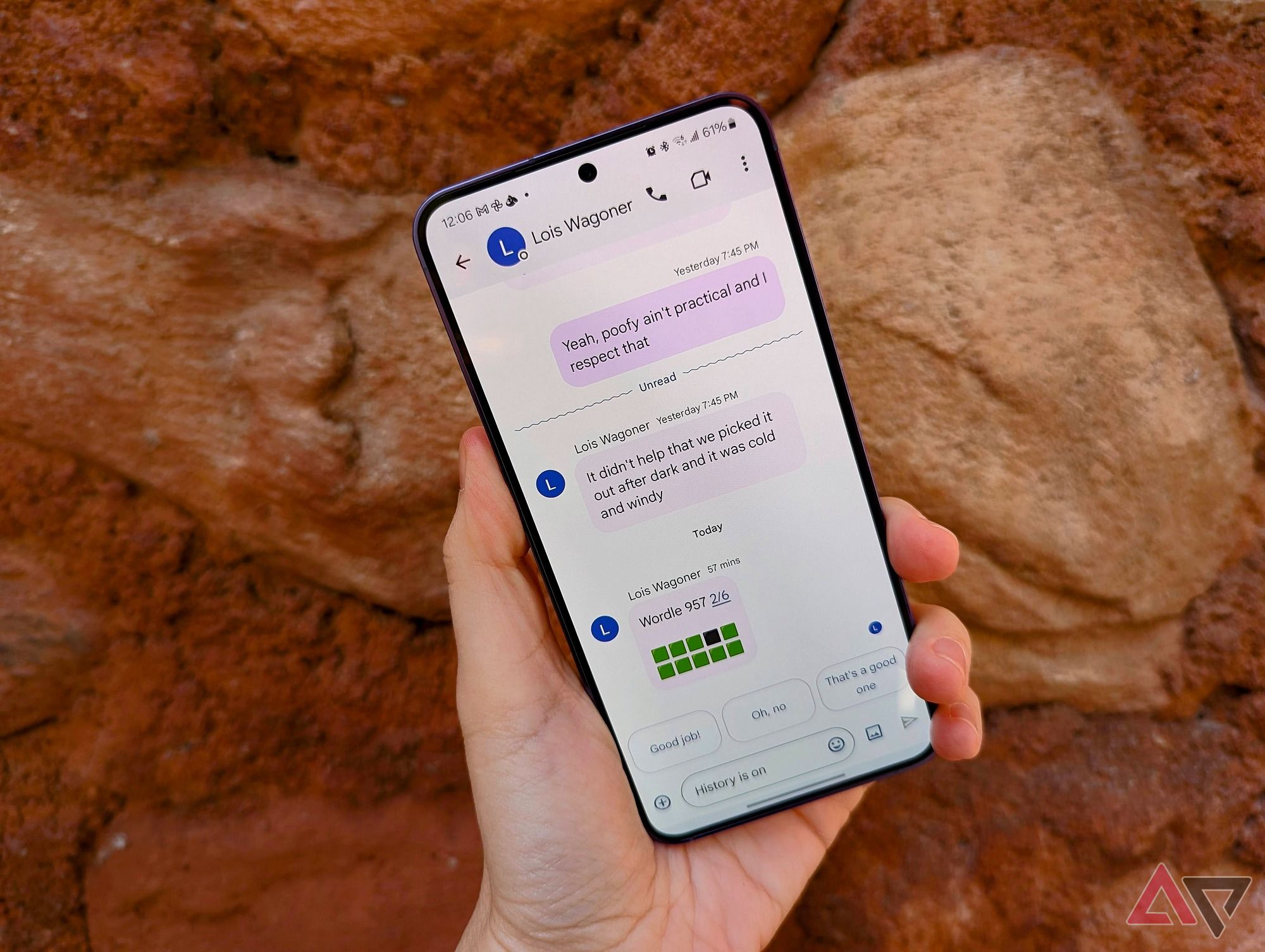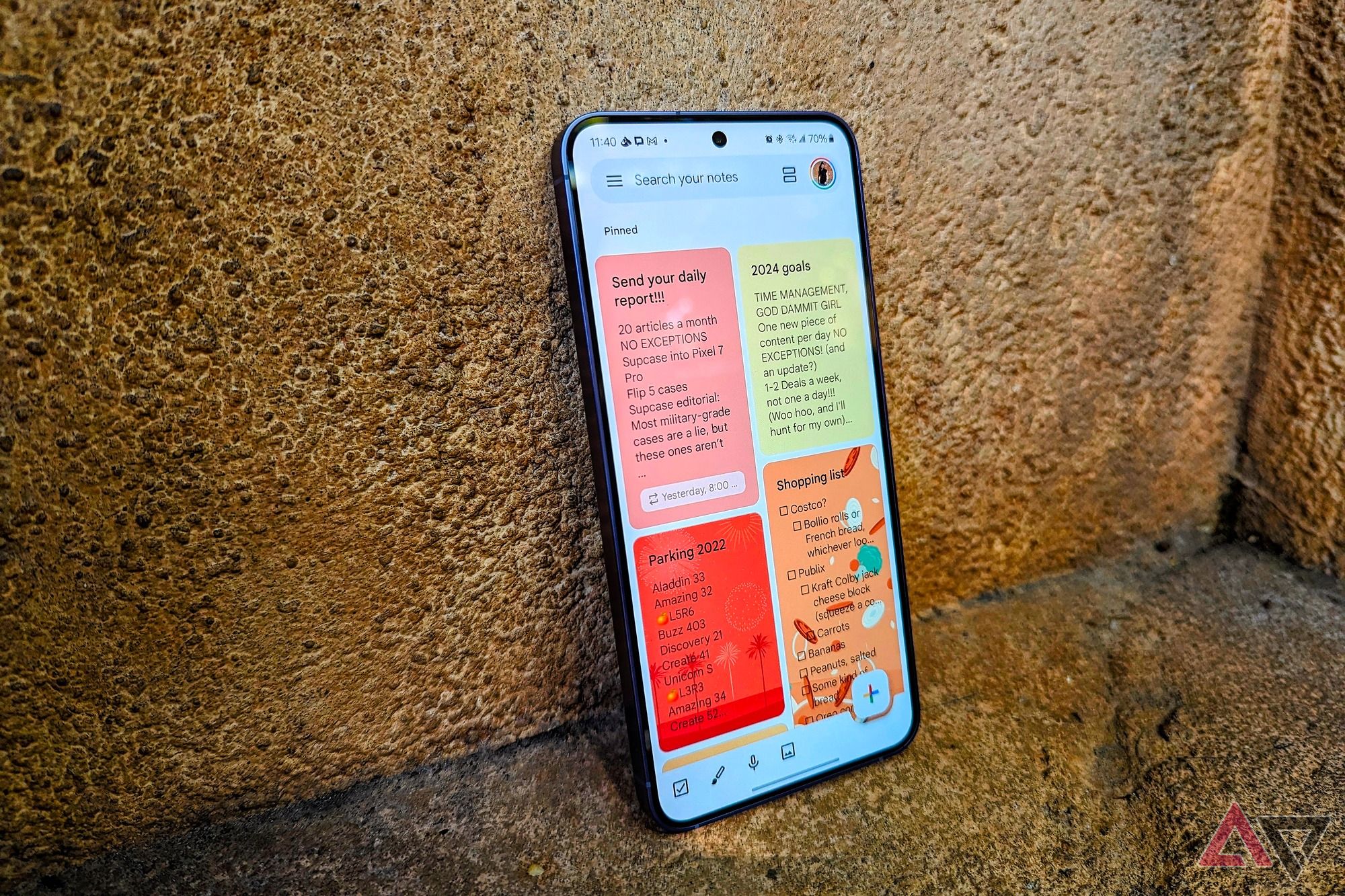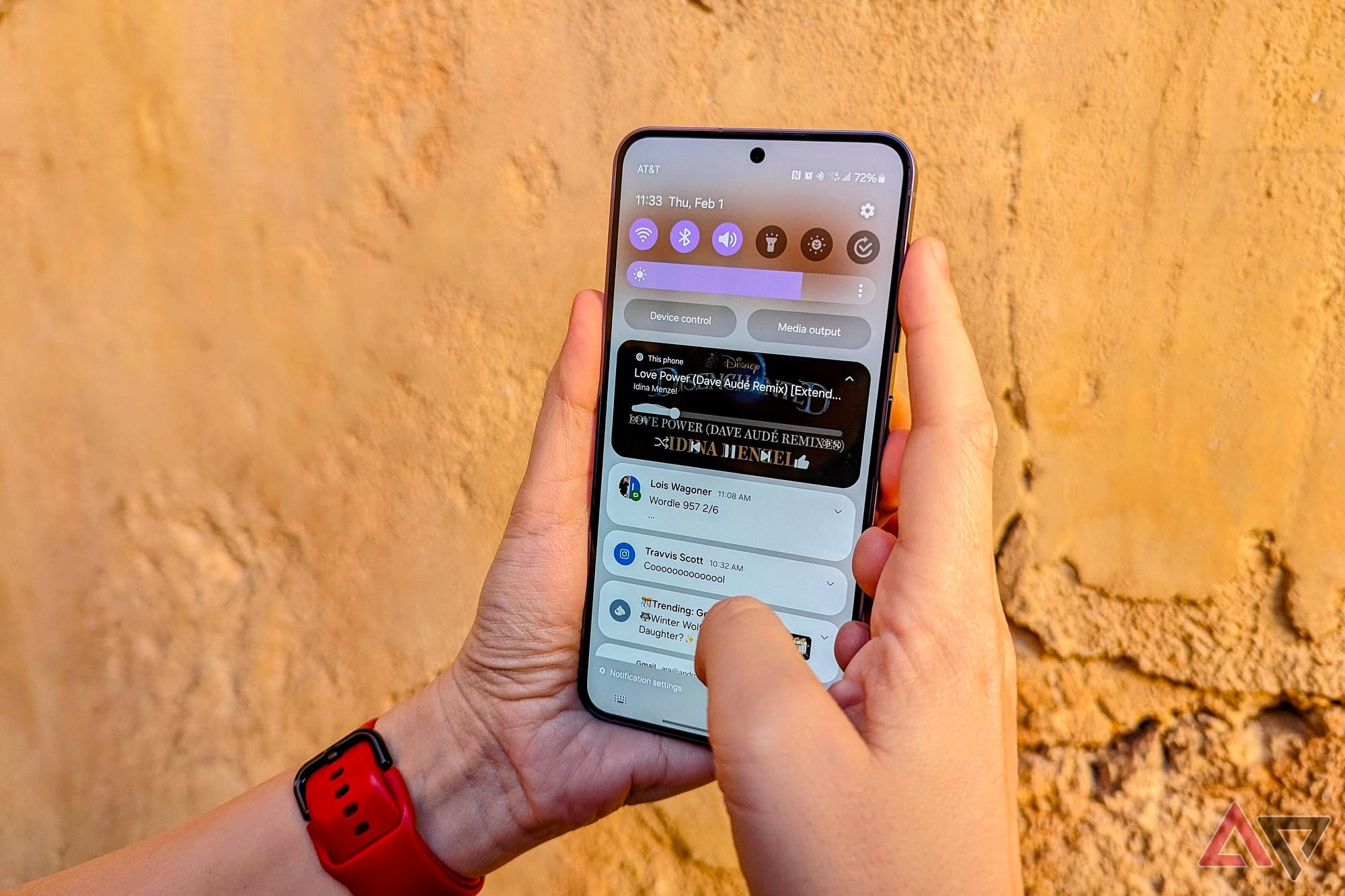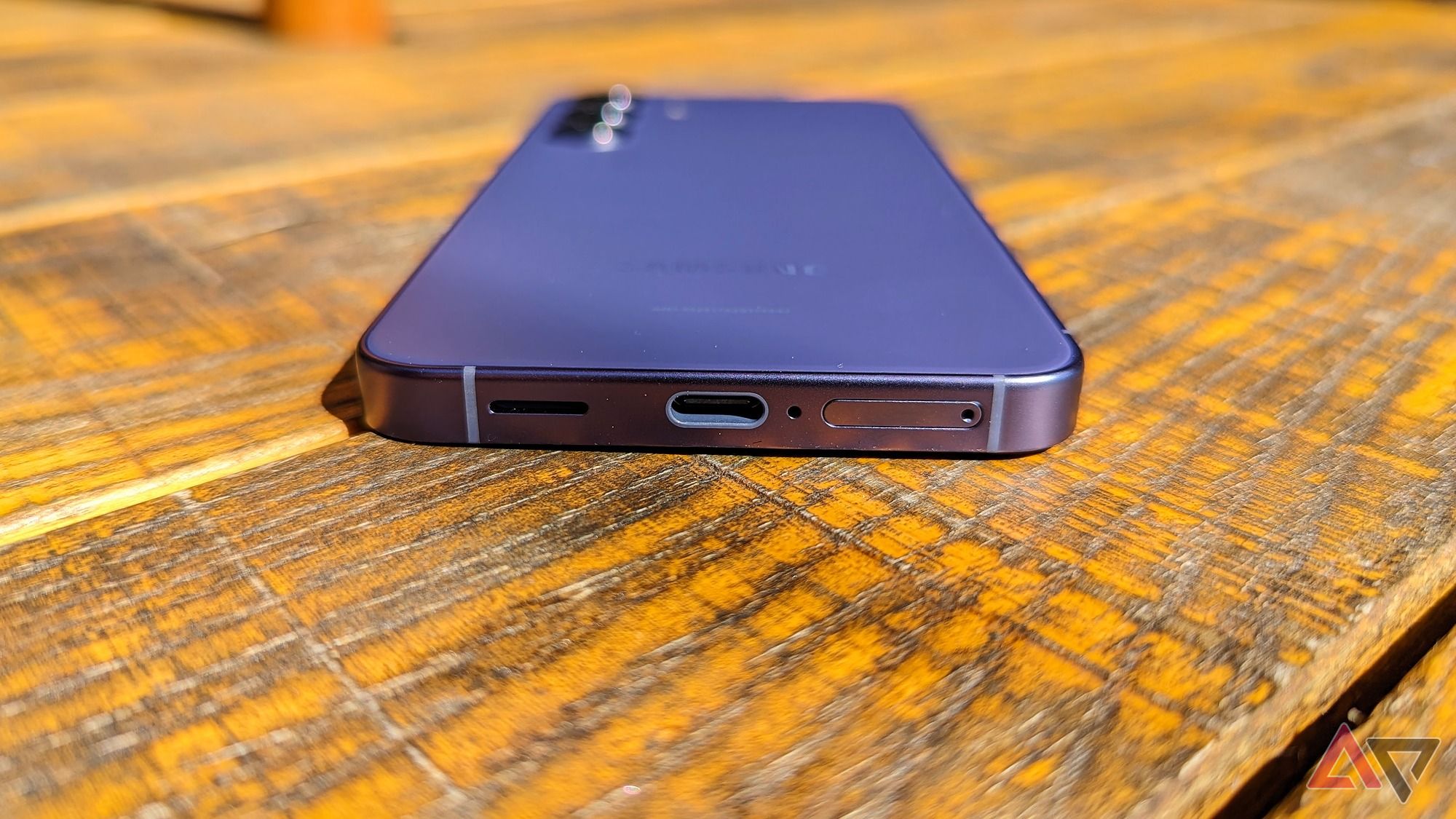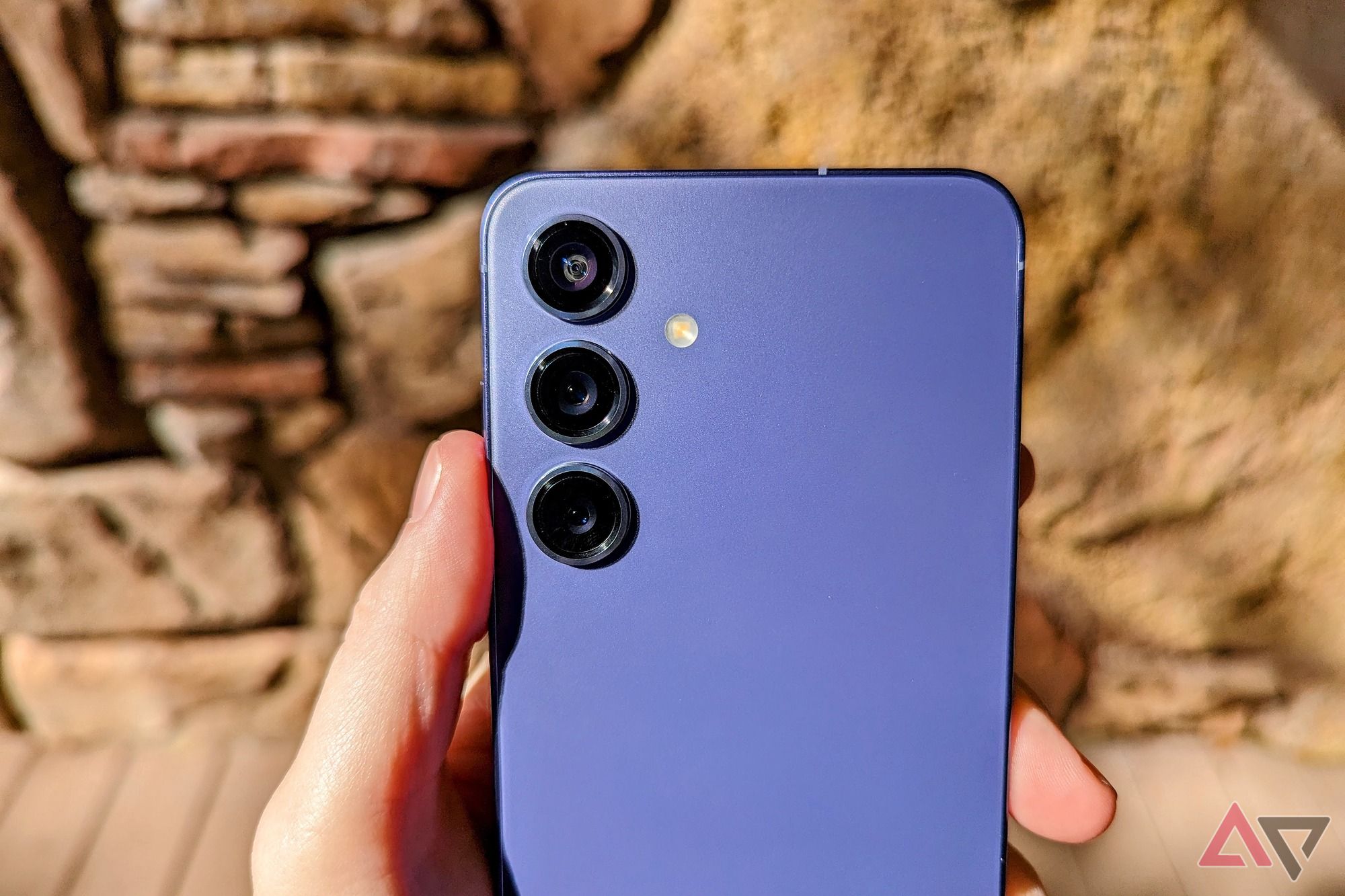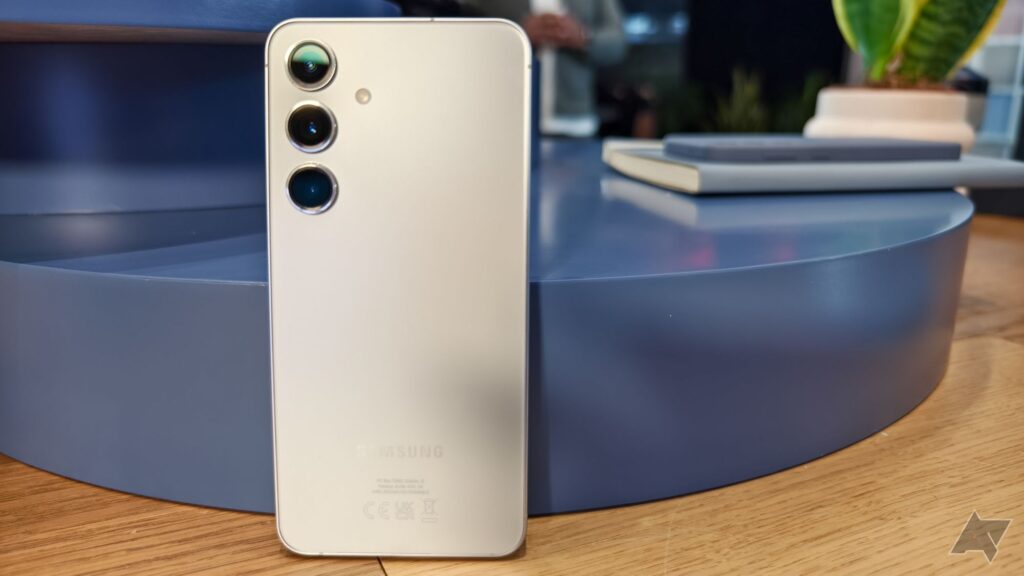-
Samsung Galaxy S24
Fast and refined
Once again one of the top small smartphones, the Galaxy S24, makes only incremental changes to its predecessor but a couple of big leaps over the S22. If you feel like your 2022 model’s getting long in the tooth, the S24’s battery life, display brightness, and long-term software support make it a good upgrade.
Pros- Impressive performance and efficiency
- Easier to hold onto reliably
- 7 years of Android updates
Cons- Cameras still aren’t perfect
- Still limited to 25W charging
- AI features aren’t there yet
-
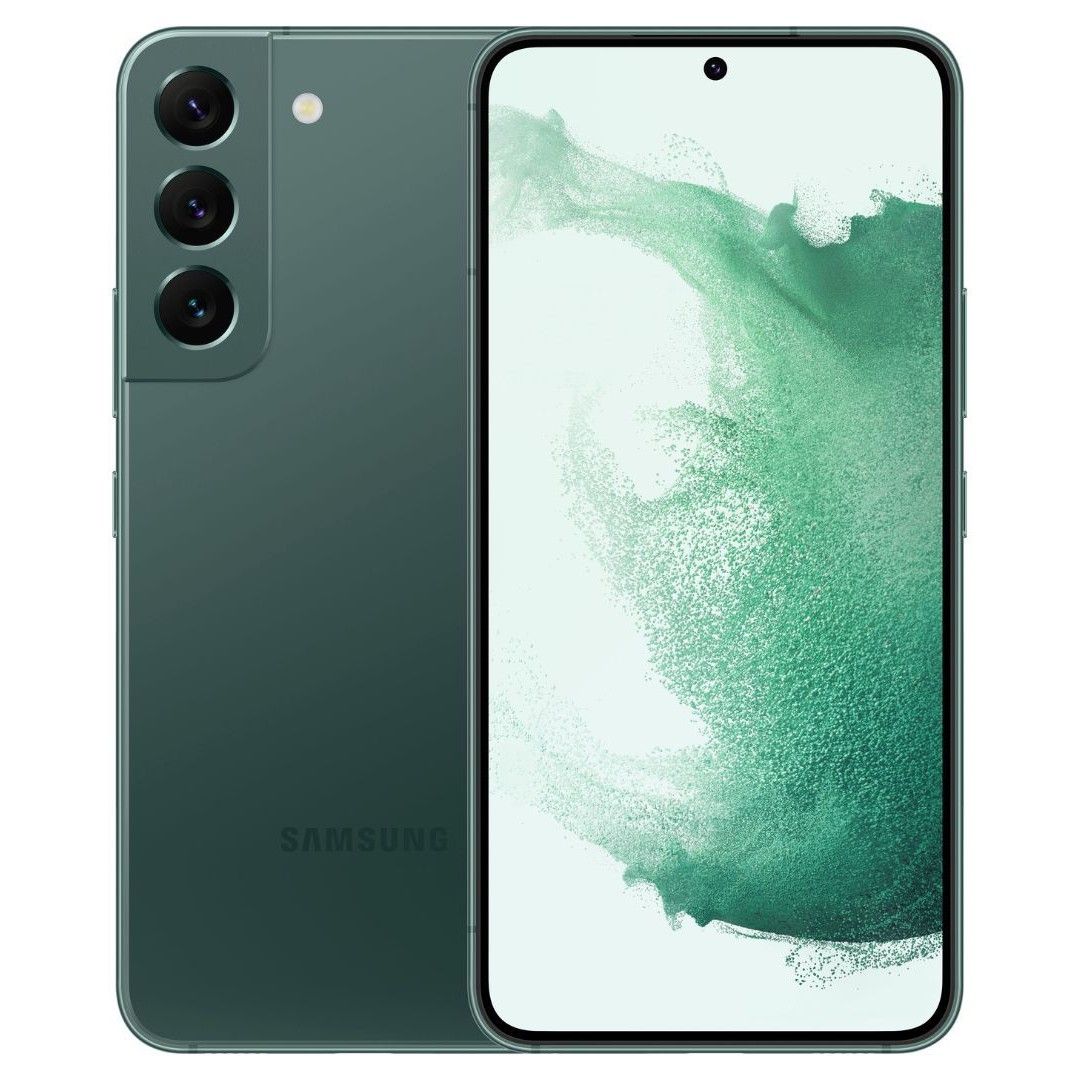
Samsung Galaxy S22
Still not bad
The Galaxy S22 was and is a fantastic smartphone, with plenty of processing power, a convenient form factor, and the popular OneUI interface. It’s absolutely a viable smartphone today if you can get a good deal, but it’s hard to find new, and the battery life isn’t great.
Pros- Maintains good performance
- Great for small hands
- Excellent 5G and Wi-Fi connectivity
Cons- Subpar battery life
- Only 2 more Android updates
- Feels less physically refined
We loved the Galaxy S22 on release, and it’s still a great smartphone that performs day-to-day functions admirably. But two generations later, the smallest of Samsung’s S series offerings improves significantly on some of the few downsides of its older relative. The 2024 model boasts excellent battery life, blazing-fast hardware, and a refined design that should stand the test of time over its 7-year Android lifespan. And while we wouldn’t really recommend buying a brand new Galaxy S22 right now, if you have one and don’t have any problems (or can find one at a large discount), it remains a serviceable flagship-class phone.
Price, availability, and specs
Some similarities and one huge difference
A new Galaxy S24 costs $800 from most retailers, trade-in and carrier contract values notwithstanding. They’re readily available in every major market, although the non-European versions do get a superior chipset. That availability differentiates these two phones in a big way. It’s getting harder and harder to find a brand-new Galaxy S22. Samsung, Best Buy, and Amazon simply don’t sell the 128GB in new condition anymore, and the 256GB version costs as much as the 256GB S24.
If you’re interested in buying an S22, your only option is likely to turn to the secondhand market, since the rare few new ones available are usually at MSRP. In most cases, you can get your hands on a refurbished or renewed model for less than $400 starting at 128GB. That’s actually not a terrible deal, but you’d be faced with the unknown prospect of battery longevity, which might be an issue, as we’ll explain in a bit.
-
Samsung Galaxy S24 Samsung Galaxy S22 SoC Qualcomm Snapdragon 8 Gen 3 (US and most markets), Exynos 2400 (Europe) Qualcomm Snapdragon 8 Gen 1 (US and most markets), Exynos 2200 (Europe) RAM 8GB 8GB Storage 128GB or 256GB 128GB or 256GB Battery 4,000mAh 3,700mAh Operating System Android 14 and One UI 6.1 Android 14 with One UI 6.0 Front camera 12MP, f/2.2 10MP f/2.2 Rear camera 50MP, f/1.8 OIS main; 12MP, f/2.2 ultrawide; 10MP, f/2.4, 3x telephoto 50MP, f/1.8 main; 10MP, f/2.4, 3x telephoto; 12MP, f/2.2 ultrawide Connectivity NFC NFC Dimensions 147.1 x 70.6 x 7.6mm 146 x 70.6 x 7.6mm Colors Onyx Black, Marble Gray, Cobalt Violet, Amber Yellow, Jade Green, Sapphire Blue, and Sandstone Orange Phantom Black, Phantom White, Green, Pink Gold, Graphite, Cream, Sky Blue, Violet Display type AMOLED, 1-120Hz AMOLED, 120Hz Weight 168g 167g Charge speed 25W wired, 15W wireless 25W wired, 15W wireless IP Rating IP68 IP68 Display dimensions 6.2″, 19.5:9 6.1″ Display resolution 2340 × 1080 2340 × 1080 SIM support Dual SIM (Nano SIM and eSIM) Dual SIM (Nano SIM and eSIM) Cellular connectivity 4G LTE, 5G (sub-6 and mmWave) 5G, mmWave, LTE Wi-Fi connectivity Wi-Fi 6E, Wi-Fi Direct Wi-Fi 6E Bluetooth Bluetooth 5.3 Bluetooth 5.2
Design
They feel more different than they look
The size, weight, and general appearance of these two Galaxies don’t differ a lot. Neither has an appreciable bezel, and they’re both made from high-end materials. The main visual difference is the camera array. While the S22’s camera block isn’t what we’d call dated, it has less of that starkly refined Samsung flavor its predecessors ooze.
You can feel the other design change more than you can see it (although you can definitely see it). The flattened edges and removal of the curved display glass represent a big departure from the S22’s more curvy language. The S22 was also quite slippery for such an expensive device, and the rounded edges weren’t the easiest to hold onto safely.
The S24’s all-around flatter build comes alongside a slightly more textured finish, which makes it a lot harder to drop. Those two improvements also combine to make it simply feel fancier, like a definitively premium piece of equipment. So, while the changes might not stand out at first glance, they make for a real upgrade.
Display
A couple of important advancements
The S24 sports a 0.1-inch larger display due to the flattened frame but retains the identical resolution as the S22, which is absolutely fine. The biggest change here is the S24’s doubling of the S22’s peak brightness, now up to an impressive 2,600 nits. That makes it not only vastly easier to use in direct sunlight but also much more effective at recreating HDR10+ content. The S24 also now sits alongside its more expensive siblings with a 1- to 120Hz variable refresh rate, whereas the S22 bottomed out at 48Hz.
The only other meaningful change is the upgrade to Gorilla Glass Victus 2 covering the screen, which is more resistant to cracks and scratches than the S22’s Victus+. In truth, the S22’s display remains among the best in the business, but a lot of flagships are approaching or even breaking through the 2,000-nit barrier, so it does lag significantly behind the S24 and others in that and its refresh rate range.
Software
Samsung wants you to believe in Galaxy AI
The phones run on Samsung’s well-received OneUI Android skin and sport the firepower necessary to make it hum. You’ll generally get the same day-to-day experience with both, and rest assured, that experience is a great one. It’s reasonably intuitive before you even get to the relatively vast customization options. If you’re savvy enough to use a smaller phone like these for multitasking, though, you will get somewhat more out of the S24 because of some hardware changes.
But the real software difference between these two handsets lies in what’s to come. Not to be outdone by Google, Samsung’s big upgrade push this year is focused on its new Galaxy AI feature set. Somewhat interestingly, some of Samsung’s new machine learning-fueled features are actually built on Google’s Gemini AI model, so some should work at least as well as Google’s tricks. Some, like the voice recorder, even work a little better already.
At the moment, though, Samsung’s AI toolset comes off as slightly thin. We noted the same thing at the Pixel 8 Pro’s rollout, although Google’s done an OK job of fleshing out its fancy features since then. Ideally, Samsung will see at least as much success, but it’s hard to predict which of the features will really shine and which will end up as mostly gimmicks. Right now, Galaxy AI, on its own, might not be a huge reason to ditch your S22 yet, although that may change.
A new industry standard in updates
Bigger news for many consumers, and the market in general, is Samsung’s new promise to provide at least 7 years of Android updates to the S24 lineup and an additional year of security patches. So, if you don’t like buying a new phone but aren’t fully satisfied with your current S22, the S24 is a solid investment. On the other side of the coin, the S22 does have two years remaining in its update lifespan. So, it’s not dead yet, and future Google, Samsung, and possibly other phone brands will likely get similar several-year guarantees.
Performance
S24 superiority on two fronts
The Snapdragon 8 Gen 1 performed exceptionally well upon release, and nobody faulted the S22 for being slow. But the Gen 1 did exhibit some notable efficiency and thermal management woes, which led to less-than-great battery life and a sometimes worryingly hot phone.
The Snapdragon 8 Gen 3 for Galaxy sports none of those issues. It’s marginally faster than the Gen 2 and noticeably speedier than the Gen 1 when multitasking or running resource-intensive apps, for starters. It also sips power by comparison, which not only ups battery life but also keeps the S24 from further thermal throttling. And you’ll never worry that your device will burn you.
Otherwise, performance is pretty similar, and while only the 128GB S24 gets UFS 3.1 storage (compared to the more advanced UFS 4.0 standard), it’s unlikely that will impact the overwhelming majority of users. We’ll also note that only some of the newer chipset’s processing power goes toward Galaxy AI features, with the more demanding operations carried out on Samsung’s cloud hardware.
Battery life
A win for the new one
We’re not saying that the S22’s battery life was bad, but it certainly wasn’t all that great. Moderate usage saw the dreaded charge anxiety creeping in by the end of the day, and heavy activities like 3D gaming or simply spending a lot of screen-on time cratered our charge.
The S24 does contain about an 8% larger battery, but that’s not where you’ll find most of the magic that delivers its excellent battery life. The Gen 3 SoC inside draws considerably less power and does some heavy lifting in terms of keeping your charge high. Then there’s the now fully variable refresh rate, which minimizes excess refreshes when you’re viewing content below 48 FPS. Combined, you could argue that Samsung’s smallest S series is actually one of the best phones for battery life when you take its performance and software into consideration.
A loss for both?
Some people criticize the S24+ and S24 Ultra for their 45W charging, which falls well below that of many similarly priced alternatives. That might be a little unfair since 45W should be OK for most people. But in 2024, with an $800 price tag, Samsung refuses to budge from its 25W peak charging rate, and we’re not fans. In fact, nothing’s really been changed in this department, so you’ll get 15W wireless and 4.5W reverse wireless charging from both, with no hint of MagSafe support. In the end, it’s a good thing the S24’s battery lasts so long.
Tough times ahead for used S22s
Herein lies the biggest gamble when you buy a secondhand device, whether it’s called refurbished, renewed, or simply used. You can’t be 100% certain what quality the battery’s in, and the S22 already didn’t last that long between charges. You could, in theory, swap a used S22’s battery for a new one, and that would probably make a big difference. But it’s no simple repair (most people probably shouldn’t risk doing it themselves), and that’s an added cost that negates some of the savings a secondhand phone promises. So keep that cost in mind when considering the used market.
Cameras
Where are the rest of the improvements?
The Galaxy S series hasn’t ever really taken bad photos or videos. But these are expensive, high-end devices, and capturing visual memories makes up a massive chunk of what a lot of people use their phones for. The experience is fine, due in part to Samsung’s convenient and intuitive interface, but the image processing is just not there yet.
The S24 still tends to oversaturate colors and blow out shadows, frequently requiring manual touch-ups before or after taking the shot. Then there’s the blurriness; even in great lighting, pictures periodically just didn’t come out clear, which is a bit mystifying, considering the excellent hardware and the time Samsung had to refine its signal processing.
But it’s not all bad. The S24 does take more consistently crisp, true-to-life photos than its much older relative. And it’s even easier to use due to the improved chipset and considerably brighter screen. You’re also allowed to be optimistic that Galaxy AI will save the day with its hopefully effective magic-like editing tools. We also can’t ignore that improved sensor quality makes the newer one significantly better in low-light conditions.
But we won’t sit here and act like everything’s hunky-dory; Samsung continues resting on its laurels when it comes to consistent image quality. The S24 has good cameras, and with practice, you can almost always take great pictures and videos with them. But flagship smartphones shouldn’t need constant tinkering; today’s best camera phones don’t, and we respectfully challenge Samsung to get it even better next time.
Which one should you buy?
If you don’t have an S22, you shouldn’t try to buy a new one — in some cases, you won’t even be able to. The S24 makes an excellent choice for those of us who don’t like massive slabs, and it should hold up just fine for its long Android lifespan. The performance, display quality, and software are out of this world and might even get better with the expansion of Galaxy AI. For that matter, maybe even the cameras will improve.
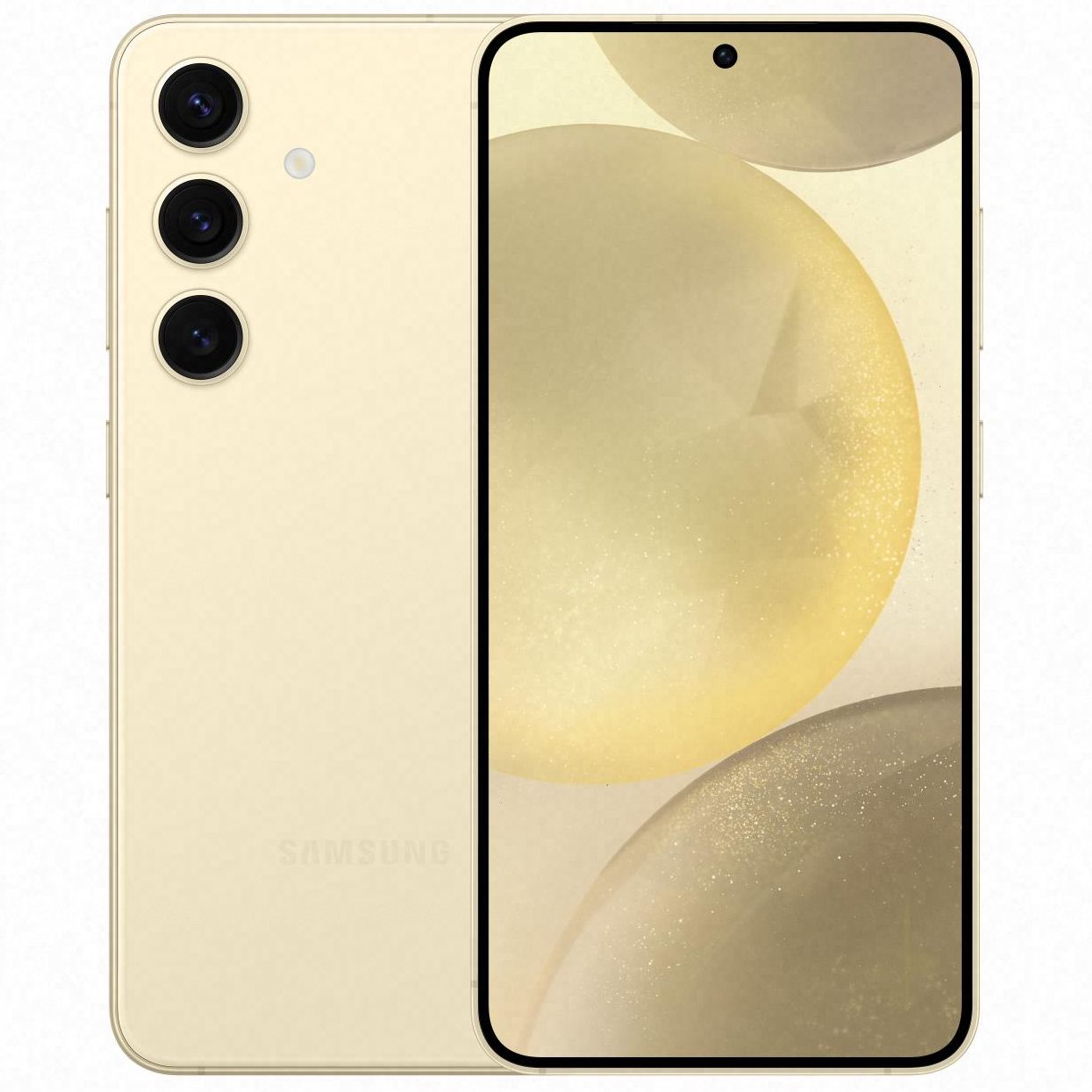
Samsung Galaxy S24
The clear winner
Significant upgrades to hardware and software lifespan
Phones don’t get much better for one-handed use than the Galaxy S24. It didn’t see a ton of upgrades compared to the previous model, but it’s head and shoulders above the S22 and a worthy upgrade, especially if your S22 battery is getting bad.
But if you do already own an S22, or are willing to compromise by getting a used device that could require a battery replacement, the answer’s a little more nuanced. If you’re OK with your current S22 as is — battery life and all — you’re not actually missing out on a ton by sitting this cycle out. And if you’re willing to go the secondhand route, you can probably get a renewed S22 for around half the cost of a new S24.

Samsung Galaxy S22
Still a great phone
Almost impossible to find new, but affordable used
While it’s far from new, if you like yours, there’s not a whole lot forcing you to upgrade. If you’re considering buying one, just make sure you get an excellent deal, and be wary of secondhand options due to their potentially poor battery life.

